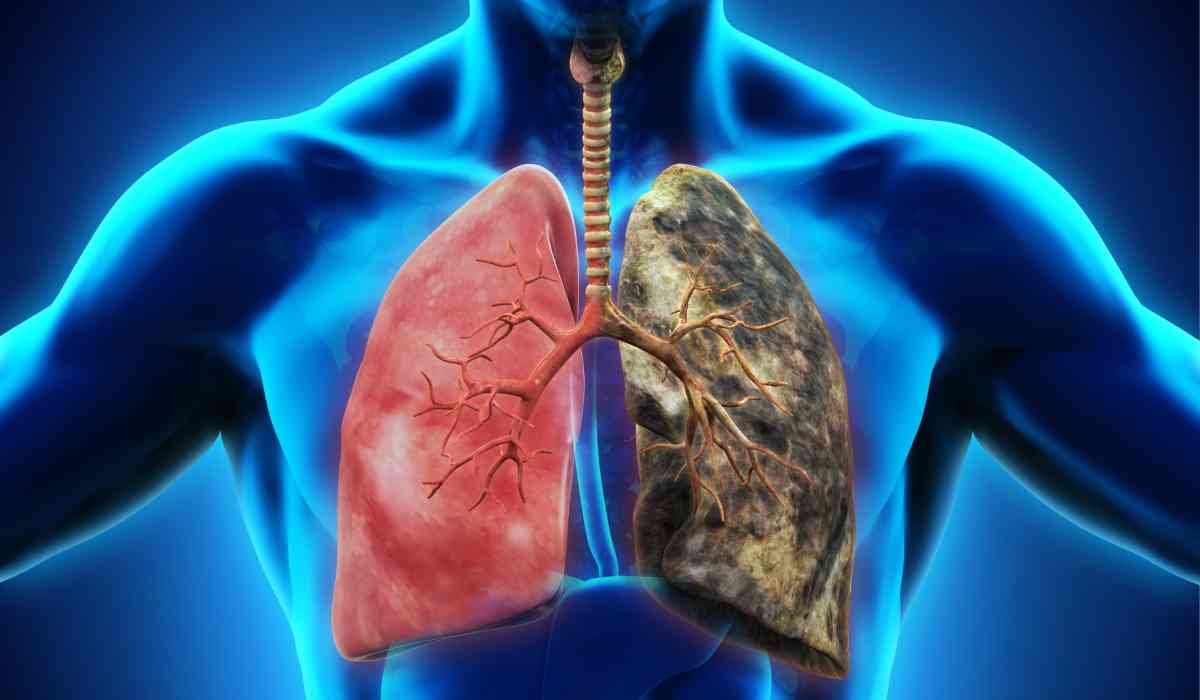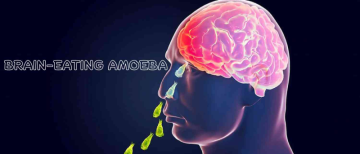The first national research measuring disease-onset age has shown that by the age of 53, half of Indians who acquire any of seven chronic health conditions, including arthritis, cancer, cardiovascular disease, and neurological illnesses, do so. The study's findings imply that the ageing population of India under its growing life expectancy, together with working-age persons who have lifelong diseases in their 40s or 50s, considerably contribute to the burden of chronic health disorders in that nation. The median age for rheumatoid arthritis is 56, for cancer is 51, for cardiovascular disease is 59, for diabetes is 54, for high blood pressure is 55, for lung disease, is 55, and for neurological illnesses is 54, according to researchers at the International Institute of Population Sciences (IIPS), Mumbai.
Because arthritis has a 56-year median onset age, half of Indians who have the condition do so before that age. In the peer-reviewed publication Scientific Reports, the IIPS researchers have published their work. "Such early onset of chronic diseases will shrink the number of healthy years and have an impact on households and the demand for healthcare," said Rashmi, the study's lead author and an IIPS research scholar in biostatistics and demography. In the previous two decades, several earlier research had revealed a significant prevalence of hypertension, diabetes, heart disease, and stroke among Indians under the age of 50. But the prevalence estimates causes, and effects were the main topics of all such investigations.

Sanjay Mohanty, professor of population health at the IIPS and Rashmi's mentor, stated that it was unknown when these seven illnesses started to manifest as well as the age groups that carried the most risk. But the early start ages are significant because they affect productivity and the economy in addition to quality of life, he added. As part of the Longitudinal Ageing Study of India, a project to study the health, economic, and social well-being of a sizable sample of persons aged 45 or older, Rashmi and Mohanty reviewed health data from over 65,200 people from all the states. The discussion over whether individuals in their 30s or 40s are healthier than their parent's generation will likely get more heated as a result of the researchers' results, they claim. According to the study, those between the ages of 45 and 54 had a 23% higher risk of developing diabetes than those over the age of 65.
In a similar vein, the study discovered that those between the ages of 45 and 54 had twice the risk of hypertension and neurological illness as those over the age of 65. Rashmi told The Telegraph that the findings "appear to contradict the expectations that the risk of neurological disorders increases with age." According to her, "two things might explain this apparent contradiction: some people over 65 may go undiagnosed for neurological disorders and hypertension, or people in the 45 to 54 age range currently have better access to diagnosis."High blood pressure, which affected 27% of the sample population, was the most prevalent chronic illness, followed by diabetes (12%), arthritis (9%), chronic lung disease (6%), heart disease or stroke (5%), neurological disorders (2%), and cancer (0.6%). Unexpectedly, the study indicated that those who were physically active had a higher risk of heart disease and stroke, a finding that the researchers warn should be read with care.
© Copyright 2023. All Rights Reserved Powered by Vygr Media.






















